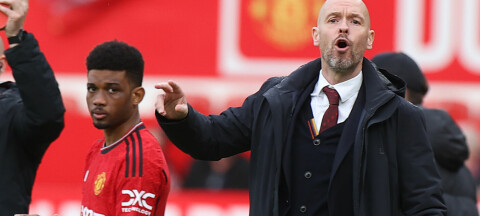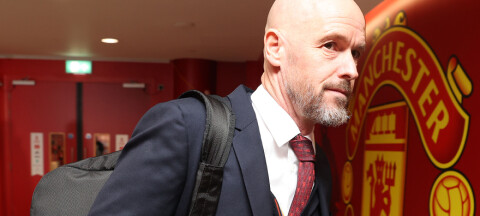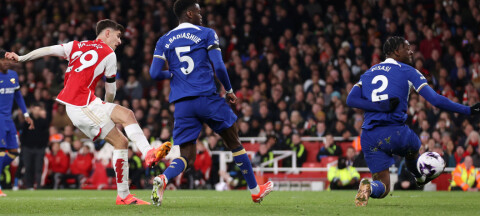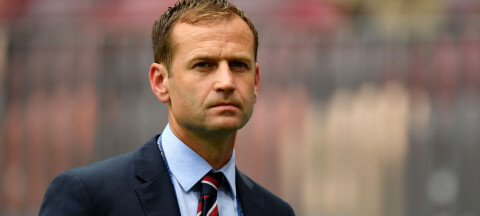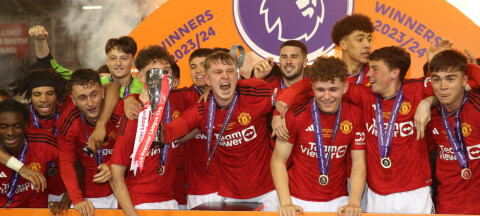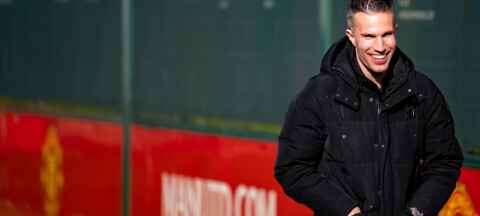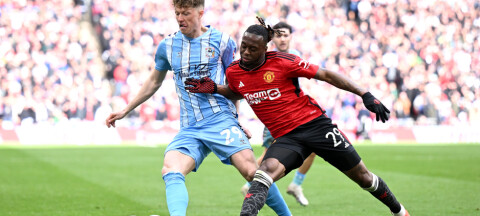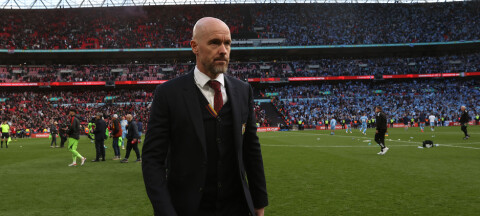Andy Mittens column in english is at the bottom of this article.
Se på Uniteds bortekamper den nærmeste tiden: Swansea, Aston Villa og Basel. Du kan faktisk se på alle kampene ut sesongen. 2-3.000 United-fans kommer til å være så heldige at de får billetter til borteseksjonen (med mindre vi får redusert kvote til enda flere arenaer siden noen klubber heller ønsker at alle supporterne sine får kopper enn å måtte ta imot United-fans) med skinnende seter og perfekt utsikt til utsøkte gresstepper.
Mange fans vil gå til plassen sitt i løpet av de siste 15 minuttene før kampstart, og sangene de synger vil uansett drukne i et høytaleranlegg som står på så høyt at det burde komme med en advarsel. For å skille fansen vil det være et lite område, et ingenmannsland, okkupert av vakter.
Situasjonen rundt Uniteds bortekamper var veldig annerledes for 20 år siden. Man trenger bare å se på utviklingen av arenaer i skandinavia i den samme perioden for å forstå hvor stor forskjell det er. Da jeg så United i Trondheim i 1992 var to av sidene på Lerkendal to høyder med gress, og bak ett av målene var det ingenting. Molde hadde det jeg bare kan beskrive som “en fjellside” langs sin bane.
 Nå har disse arenaene forandret seg like mye som de ærverdige tribunene i Drammen, Stavanger, Kristiansand og Lillestrøm har forandret seg.
Nå har disse arenaene forandret seg like mye som de ærverdige tribunene i Drammen, Stavanger, Kristiansand og Lillestrøm har forandret seg.
Jeg så kamper i Århus og Malmø forrige måned. De hadde moderne arenaer hvor familier kunne parkere utenfor og komfortabelt se kampene som foregikk på innsiden. Jeg ble imponert over støynivået fra fansen i begge kamper, men jeg savner de gamle fotballarenaene.
Jeg vet at dette handler om fremskritt, jeg vet at skandinaviske fotballarenaer har utsøkte fasiliteter og at flere av klubbene jeg allerede har nevnt i snitt nå for tiden har flere besøkende enn de ville fått plass til på de gamle tribunene. Jeg savner likevel gresshøyder, fjell i bakgrunnen og tribuner av tre som satte sitt spesielle særpreg på en arena.
I 2008 dro jeg to ganger til Swansea, dit United skal i neste kamp, for å se dem spille mot erkerival Cardiff. Gamle Vetch Field, der United spilte i 1982, stod fortsatt, og kontrasten mellom “The Vetch” og nye “Liberty stadium” var enorm.
Den nye arenaen likner mye på andre arenaer, men den har bare 20.000 seter, ikke 30.000, siden Swansea aldri forventet å bli en Premier League-klubb. Den befinner seg i utkanten av den nest største byen i Wales, ved motorveien og omringet av parkeringsplasser og restauranter som ikke vil skape hodebry for Michelin-inspektørene på kort sikt. Banen har vært fantastisk for Swansea, tilskuertallene har gått i været, men mange Swansea-fans savner gamle Vetch sterkt.
The Vetch var et herlig kaos, med fire fullstendig ulike tribuner og med terassehus og et viktoriansk fengsel rett på utsiden. Det lå rett ved bysentrum og stranda.
Swansea-fansen hevder at de en gang jaget Cardiff-fansen ut i vannet, og synger fortsatt “Svøm vekk” mens de aper etter brysttakene Cardiff-fansen måtte ta for å komme seg vekk.
The Vetch, som til slutt ble fjernet tidligere i år og der området nå fungerer som hageby, var en ordentlig gammel fotballarena. Det var ståtribuner, innganger mellom vanlige hus, flomlys som kunne sees på lang avstand og flere stolper som hindret sikten enn på en normal t-bane-stasjon i Warszawa.
Da Dylan Thomas beskrev Swansea som en “stygg, herlig by” kunne han egentlig sagt det samme om The Vetch, selv om banen ble overflødig i 2005 etter at tilskuertallet hadde sunket fra 30.000 til 12.000.
Swansea spilte på fjerde nivå den gangen, og nå er de i Premier League. Den nye banen er én av årsakene til oppturen, og United-fans vil ha det atskillig med komfortabelt på Liberty Stadium, med sine seter, overbygde tribuner og fin utsikt, men når man prater om gamle arenaer som The Dell, Roker Park, Highbury og til og med Maine Road, så kan jeg ikke noe for at jeg føler at noe forsvant på veien…

(Bilde: Liberty Stadium)



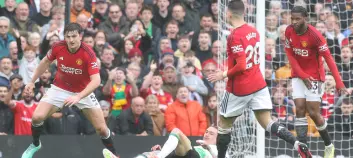





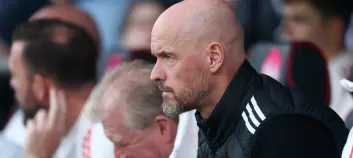


 Nå har disse arenaene forandret seg like mye som de ærverdige tribunene i Drammen, Stavanger, Kristiansand og Lillestrøm har forandret seg.
Nå har disse arenaene forandret seg like mye som de ærverdige tribunene i Drammen, Stavanger, Kristiansand og Lillestrøm har forandret seg.
 I watched matches in Aarhus and Malmo last month. They were modern stadiums where families could park their cars outside and watch the game in comfort. I was surprised by the impressive noise level from fans at both, but I miss old football grounds.
I watched matches in Aarhus and Malmo last month. They were modern stadiums where families could park their cars outside and watch the game in comfort. I was surprised by the impressive noise level from fans at both, but I miss old football grounds.